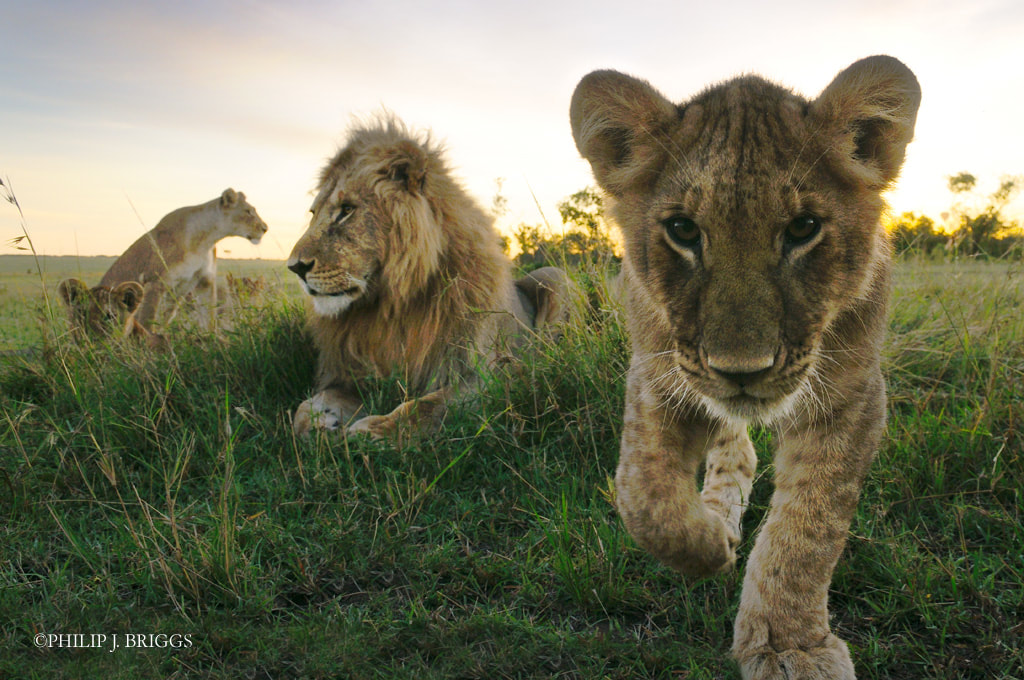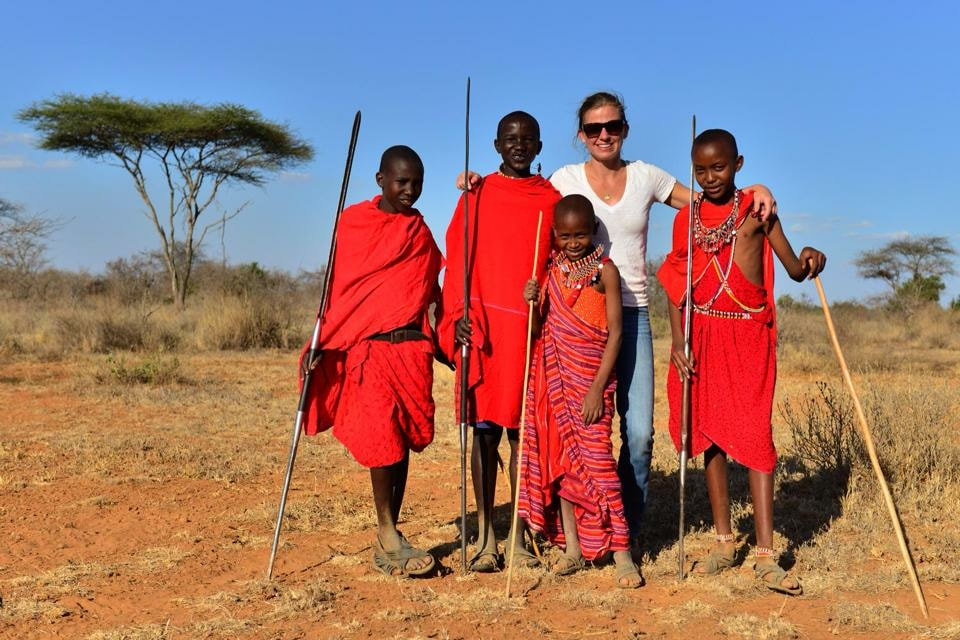|
We reached out to our festival filmmakers to ask them five questions about the experience of making their films.
What inspired this story?
Producer, Writer and Director Andrea Heydlauff: I had been working in big cat conservation for many years and was too acutely aware of the giant challenges big cats are facing around the globe – from relentless poaching for their skins and bones, killing from conflict with livestock and humans, and habitat loss and fragmentation. But I knew there were locally relevant, scalable solutions –stories that show that hope isn’t lost and there’s reason to keep forging ahead. I had known the co-founders of Lion Guardians, Leela Hazzah and Stephanie Dolrenry for years, and admired their model of how it saved lions and changed peoples’ lives. They told me about a young Maasai boy who had never seen a lion in the wild but whose father (who was a Guardian) took him into the bush to see his first lion; and in preparation this little boy put on his church clothes. I was moved to tears and thought what a gorgeous and hopeful story– of people who traditionally killed lions who were now putting on their best clothes to greet them. We actually had Lion Guardians come to Akagera National Park in Rwanda, a park African Parks has been managing since 2010 when we brought back lions in 2015 after 10-years of being absent. How do you approach storytelling? AH: I love stories that move you, that make you feel something - and ideally those are feelings of hope, inspiration, surprise, and even love. I look for real stories about conservation from unlikely places, and like to focus on the positive. I think we need to balance the doom and gloom of what’s happening with wildlife and also tell the stories of change – of survival, resilience and the extraordinary efforts of people who are coming together to help save species and wild places around the globe. As the Chief Marketing and Communications Officer for African Parks, a conservation NGO that manages protected areas across Africa, I focus on these stories from the parks we manage and find people are often more inspired to get involved based on hope, rather than fear. What impact do you hope this film will have? AH: I hope this film helps Lion Guardians with telling their story, of their impact, and how they are changing people’s lives and saving lions – whether that’s through getting additional donor support to shining a light on the Guardians themselves, to helping inspire local communities that there are solutions to living with lions and other big cats. The film will be translated into Ma and Swahili and I hope the Lion Guardians can use it as one of their tools to engage their local audiences, and help protect more lions.
Anything else you would like people to know?
Before they started in 2007, people were killing lions in response to the threat of lions killing their livestock, while at the same time carrying out a rite of passage. Lion Guardians changed that paradigm. They’ve hired and trained more than 80 Maasai and other pastoralists to track lions, prevent conflict by working with communities to reinforce bomas (lion-proof corrals), retrieve lost livestock and stop lion hunting parties. And they’ve reduced lion killing by more than 90%. That’s extraordinary - it’s a story of how local people who once threatened the lion’s survival have now become their salvation. What’s next? I’m working with an extraordinary team out of Cape Town, South Africa called Green Renaissance and have a few short films for African Parks underway, one of which is about our efforts to return rhinos to Rwanda which we just completed in May 2017. Eighteen Eastern black rhinos were translocated from South Africa to Akagera National Park in Rwanda (which African Parks has been managing since 2010) returning the species to Rwanda after a ten-year absence. And I’m wrapping up another short film about one of the largest elephant translocations ever completed. We just finished moving 520 elephants to a new home in Malawi from two parks to a third – all of which African Parks manages, to help repopulate the park after years of poaching. These stories are about restoration, and showing the world what’s possible.
0 Comments
Leave a Reply. |
Archives
March 2024
Categories
All
|
Contact UsJackson Wild
240 S. Glenwood, Suite 102 PO Box 3940 Jackson, WY 83001 307-200-3286 info@jacksonwild.org |



 RSS Feed
RSS Feed